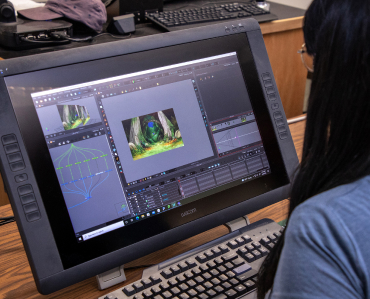
In the evolving realm of game development, mastering 3D animation tools is crucial.
This article explores seven pivotal software, from Blender to Unity 3D, that are transforming the gaming industry.
We examine their unique capabilities, their role in creating immersive gaming experiences, and how they foster innovation.
Whether you're a seasoned developer or a novice, this comprehensive overview will enhance your understanding of game development's cutting-edge technology.
Dive in to discover the potential of these powerful 3D animation tools.
Understanding the Power of Blender in Game Development
Frequently utilized in the gaming industry, Blender offers an array of powerful tools that significantly enhance the process of game development.
Its strength lies in its versatility, particularly in the realm of interface customization. Blender's interface customization allows developers to tailor their workspace according to their specific needs, streamlining the game development pipeline. This customization extends to intricate details, aiding in the crafting of engaging and immersive gaming worlds.
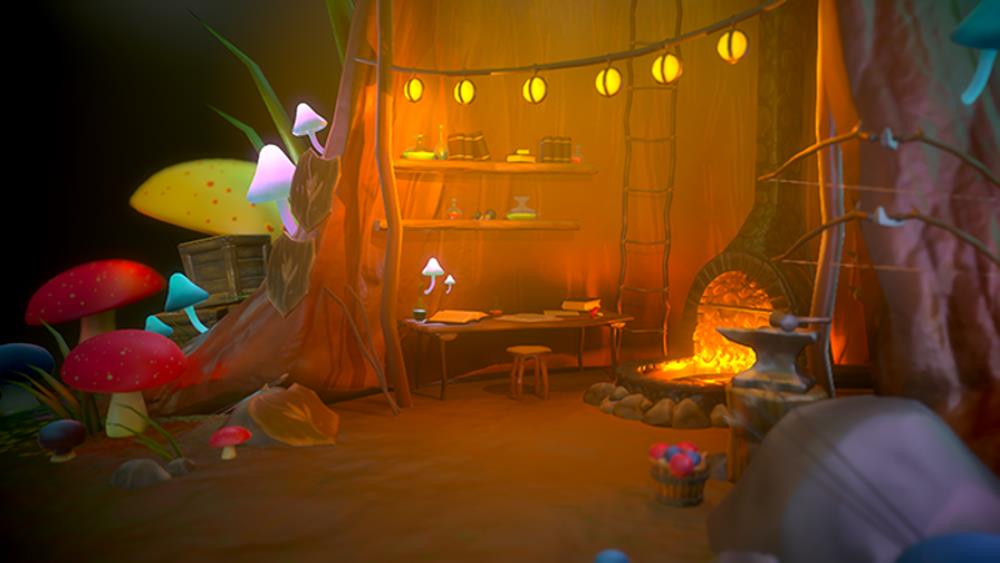
Another pivotal feature is real-time rendering in Blender. This technology enables immediate visual feedback, thus accelerating the design process and fostering rapid iteration. It empowers developers to experiment with lighting, textures and materials, thereby pushing the boundaries of visual storytelling in games.
Exploring Autodesk Maya: A Staple in 3D Animation
A significant number of game developers globally consider Autodesk Maya an indispensable tool in creating intricate 3D animations, due to its comprehensive suite of features and advanced capabilities. Maya's interface customization is one of its standout aspects, offering a flexible user interface that can adapt to a variety of workflow needs. This ability to tailor the workspace enhances the productivity and efficiency of developers.
Another crucial feature is Rigging in Maya, a process that involves the creation of a skeletal structure to animate 3D models. This offers a high level of control over the movements and deformations of the models, which is instrumental in producing realistic animations.
With Autodesk Maya, game developers can push the envelope in portraying lifelike characters and immersive environments, making it a staple in 3D animation.
Getting Started With 3ds Max for Game Development
The next vital tool in our exploration of 3D animation tools for game development is 3ds Max, a software that offers a powerful, flexible toolkit for creating premium 3D content.
3ds Max's modifiers usage is a key aspect of this versatile software, allowing developers to manipulate geometry in numerous ways.
Advanced texturing techniques can also be implemented, facilitating the creation of realistic and intricate surfaces. Its robust polygon and texture modelling, combined with its character animation features, cater to the needs of both game artists and developers.
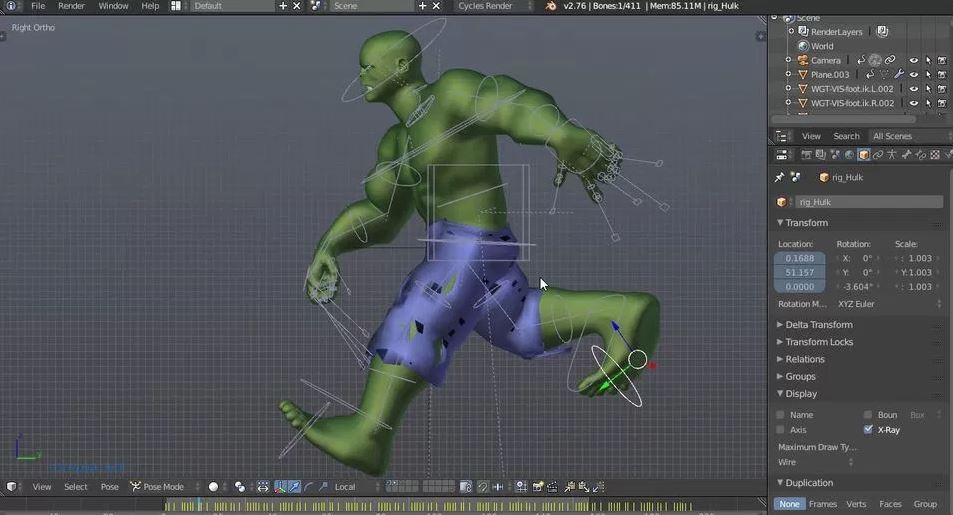
This software also supports .FBX file formats for seamless integration with game engines.
Offering a wide array of tools, 3ds Max helps to streamline the game development process, facilitating creativity and innovation.
The Role of Cinema 4D in Creating Stunning Game Graphics
The role of Cinema 4D in game development is significant, particularly when it comes to creating stunning game graphics.
It is essential to consider its key features, which contribute to its robust 3D modeling, rendering, and animation capabilities.
Moreover, understanding its real-world applications in game graphics and comparing it with alternatives can offer a comprehensive perspective on its relevance and effectiveness in the gaming industry.
Cinema 4D's Key Features
In the realm of 3D game development, Cinema 4D plays a crucial role in generating breathtaking graphics, offering a range of key features that make it a tool of choice for many professionals.
Notably, Cinema 4D's integration with After Effects provides a seamless workflow, allowing artists to import 3D elements into their compositing timeline with ease. This integration empowers creators to build immersive game worlds that captivate and engage players.

Additionally, Cinema 4D boasts advanced rendering options, including physical rendering, global illumination, and multi-pass rendering. These options deliver a high degree of realism and detail, enhancing the visual appeal of games.
Together, these features of Cinema 4D contribute to the creation of stunning, innovative game graphics.
Real-world Game Graphics Applications
Cinema 4D's capacity for creating visually stunning game graphics has found significant application in the real-world gaming industry. Implementing ray tracing, a technique that simulates light to produce high-quality, realistic visuals, has been made feasible and efficient through Cinema 4D.
Moreover, leveraging Unreal Engine, a powerful game development tool, Cinema 4D ensures high-performance rendering and interactive design.
Three key ways Cinema 4D enhances game graphics include:
Realistic Lighting: Cinema 4D's advanced ray tracing allows for the creation of natural, photorealistic lighting and shadows.
High-quality Textures: With its comprehensive material system, Cinema 4D offers high-quality textures that add depth and realism to game graphics.
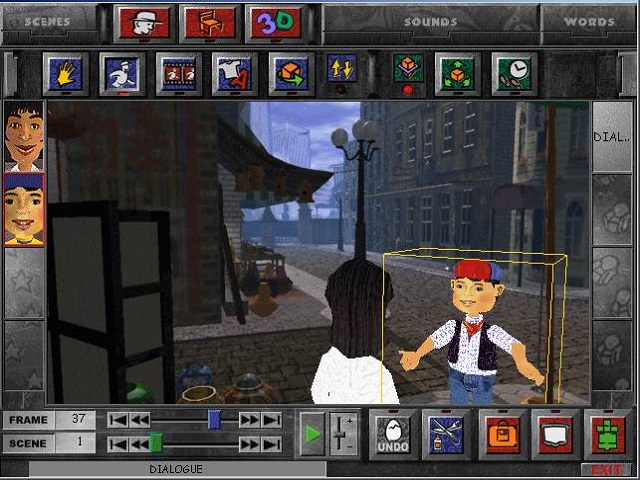
Seamless Integration: Its compatibility with Unreal Engine enables real-time visualization, accelerating game design processes.
Comparing Cinema 4D Alternatives
While Cinema 4D stands out for its impressive capabilities in rendering and animation, it is crucial to delve into the comparison with other alternatives in the market, such as Blender, Unity 3D, and Maya, for a comprehensive understanding of the game development landscape.
A key factor to consider is Cinema 4D pricing. Despite its robust tools and features, it may not be the most cost-effective choice for some developers. Blender, for instance, offers a free, open-source alternative with powerful rendering capabilities.
Unity 3D, on the other hand, provides seamless integration with game engines. A LightWave 3D comparison reveals its strength in offering realistic lighting and texture effects.
Each option presents unique advantages, indicating the need for in-depth exploration based on specific project requirements.
Harnessing the Capabilities of Houdini for Game Development
Delving into the expansive capabilities of Houdini can significantly elevate the quality and realism of 3D animation in game development. Houdini's procedural capabilities provide a unique approach to crafting intricate game environments, whilst allowing for flexibility and adaptability. The real time rendering in Houdini provides an immediate preview of the final output, thereby accelerating the creative process and ensuring optimal results.
Three features of Houdini that are particularly noteworthy are:
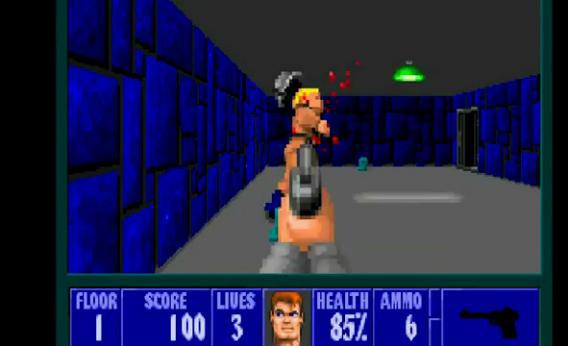
Node-Based Workflow: This offers unparalleled control and precision over intricate 3D designs.
Dynamic Simulations: Houdini's robust physics engine enables the creation of highly realistic simulations of natural phenomena.
Advanced Shading and Lighting Options: These provide an exceptional degree of realism to the rendered animations.
The Impact of ZBrush on 3D Game Modeling
Over the past decade, ZBrush has emerged as a powerful tool in 3D game modeling, and its impact can be seen in countless video games that have captivated audiences worldwide.
ZBrush's sculpting techniques offer an unparalleled level of detail, allowing game designers to create highly intricate models with ease. These techniques enable artists to manipulate 3D meshes in a way that was previously impossible, resulting in more lifelike and engaging characters and environments.
Additionally, ZBrush's texture map creation capabilities have revolutionized the way game designers approach texturing, providing them with an efficient way to add complexity and realism to their models.
The result is a more immersive gaming experience, showcasing the transformative power of ZBrush in the realm of 3D game modeling.
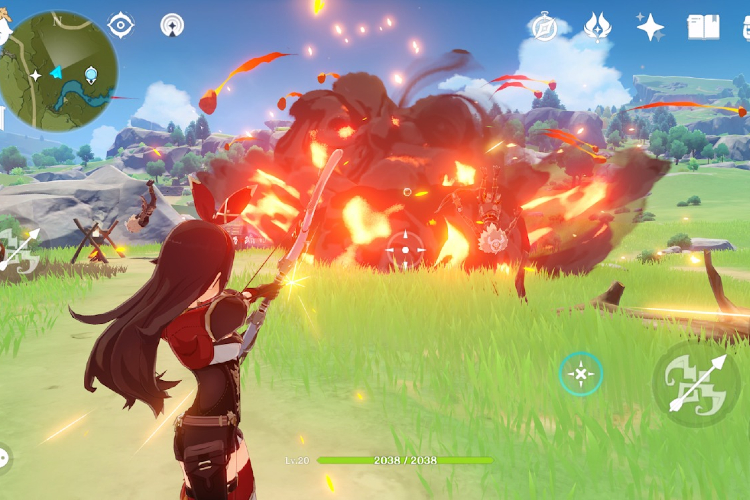
Unleashing the Potential of Unity 3D for Game Development
Harnessing the potential of Unity 3D for game development not only demands technical expertise, but also requires a deep understanding of creativity and innovation, thereby creating a fusion of art and technology. Unity 3D offers a wide range of features that can be leveraged to create immersive and dynamic games.
Unity Optimization: Unity 3D provides tools for optimizing game performance. It allows developers to optimize the game's graphics, lighting, and scripts, enhancing the player's experience.
Game Physics Integration: Unity 3D supports the integration of realistic physics into games. Developers can create games with accurate collision detection and realistic movements.
Cross-Platform Capability: Unity 3D's unique feature is its ability to build games for various platforms. This versatility broadens the market reach of the game, thus increasing potential revenue.
Frequently Asked Questions
What Are the Differences Between Blender and Autodesk Maya in Terms of Usability for Beginners in Game Development?
In the Maya vs. Blender learning curve, Blender's advantages for beginners lie in its user-friendly interface, free access, and robust online community, while Maya's advanced features may present a steeper learning curve.
Are There Any Other 3D Animation Tools for Game Development Not Mentioned in the Article?
Yes, there are alternative 3D animation tools, including Cinema 4D, Mixamo, and ZBrush. Each varies in cost and offers unique features. Open source options, like Godot, also exist, providing cost-effective, innovative solutions.
How Does 3ds Max Compare With Cinema 4D in Terms of Rendering Capabilities?
While 3DS Max shines in architectural visualization and complex modeling, Cinema 4D simplifies the rendering process with user-friendly interface, making it ideal for motion graphics and quick visualization tasks in game development.

Can ZBrush and Houdini Be Used Together for Game Development, and if So, What Are the Advantages?
Yes, ZBrush and Houdini can be effectively combined for game development. Advantages include enhanced ZBrush sculpting techniques for detailed design, and Houdini's powerful simulation integration for creating realistic animations and effects.
Are There Any Online Resources or Tutorials Recommended for Learning Unity 3d?
Numerous online resources are available for learning Unity 3D, including tutorials on Unity's VR capabilities. Additionally, pursuing Unity Certification offers benefits such as enhancing credibility and boosting employability in the gaming industry.
 Digital Art InstructionDIY Infographics DesignMobile Game ArtworkPersonalized Logo Design3D AnimationeBook Covers DesignPrivacy PolicyTerms And Conditions
Digital Art InstructionDIY Infographics DesignMobile Game ArtworkPersonalized Logo Design3D AnimationeBook Covers DesignPrivacy PolicyTerms And Conditions
